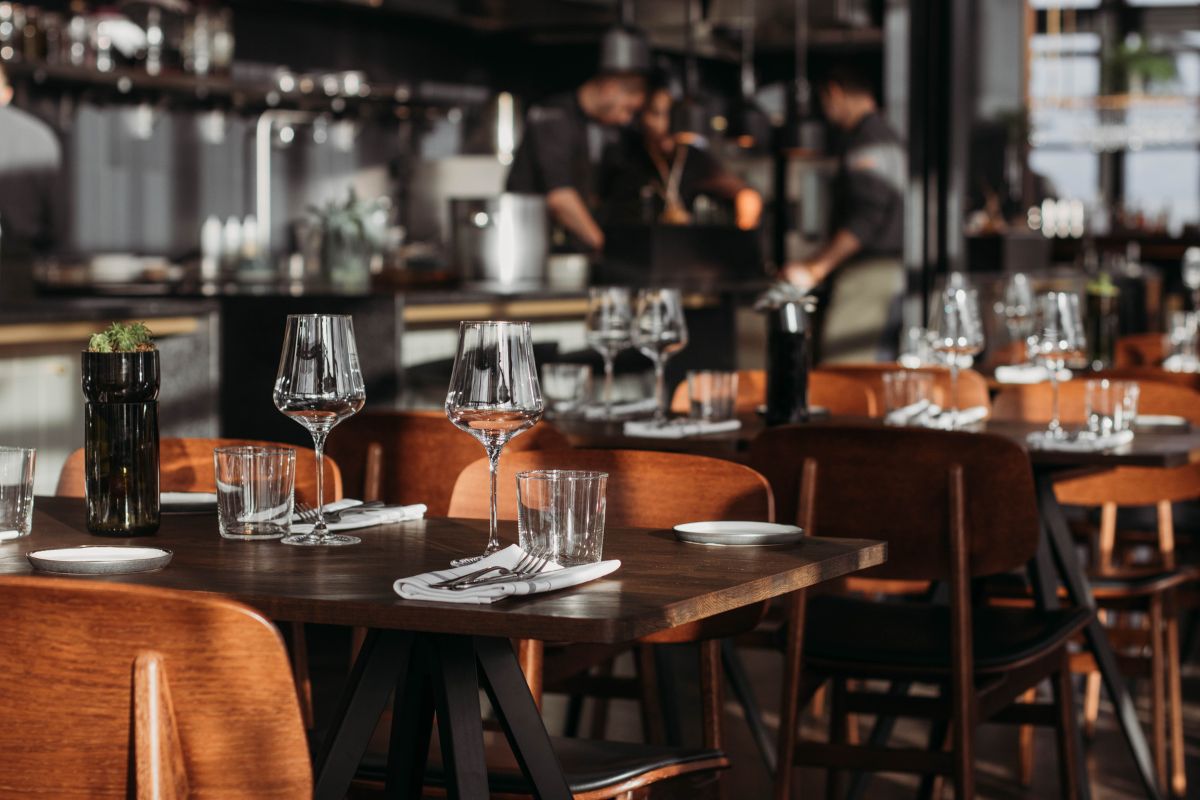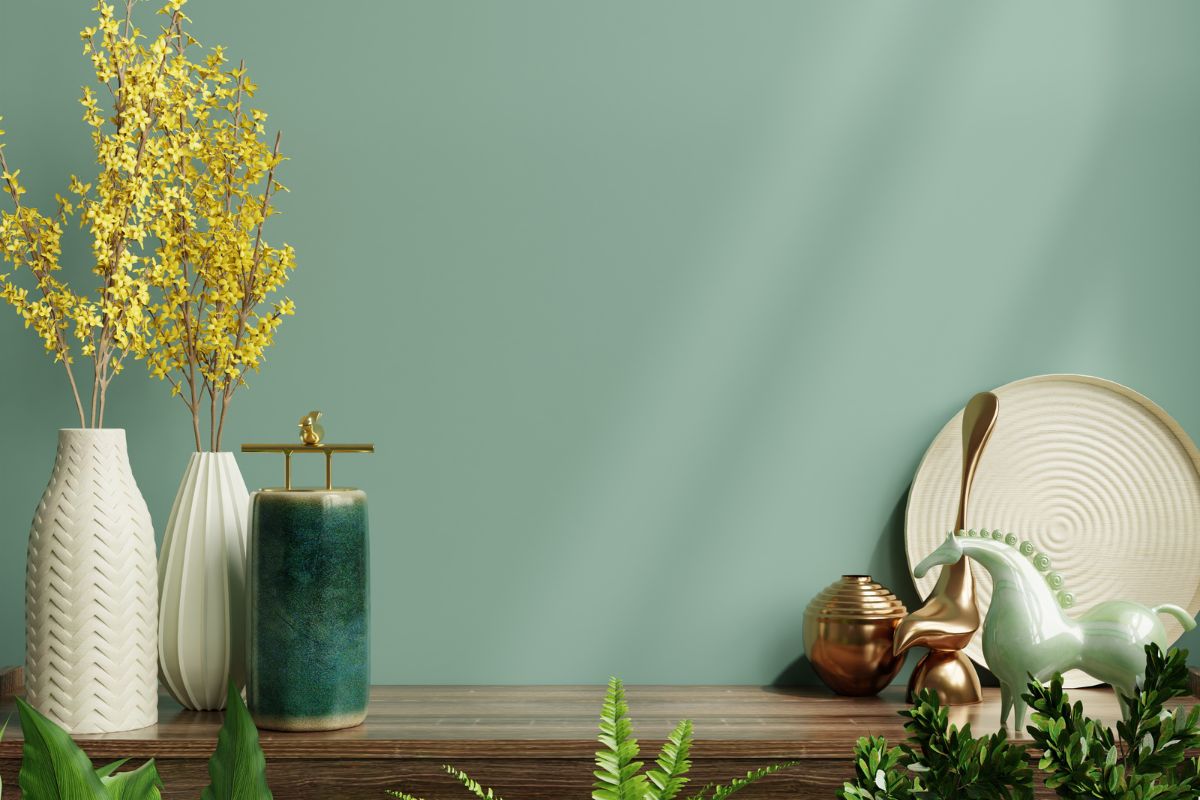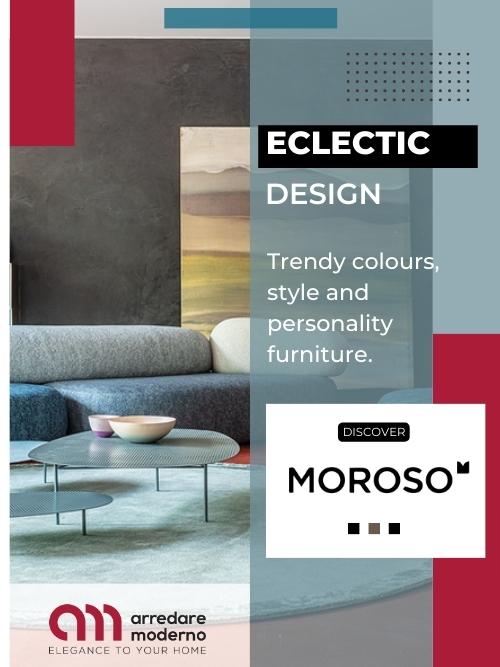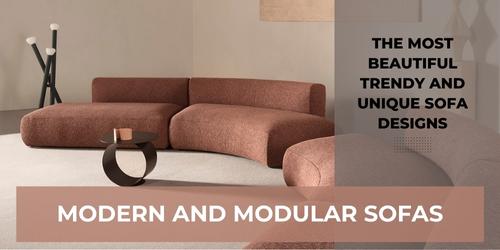Matching colours in interior design: first steps for a modern style
Matching colours in furniture is crucial for creating the look and style you want in the room you are designing. Here are the basic rules to keep in mind when matching colours in furniture.
First of all, when you are trying to add a splash of colour to a room, it is important to think about the effect of colours combined. Here are 6 tips for perfectly matching colours in furniture:
1. Start by thinking about the colour palette you want to choose for the room. There are several examples of combined palettes on the Internet (we at Arredare Moderno consult Pinterest a lot, really inspiring for those who want to create a modern and elegant style).
2. Once you have chosen your colour palette, start by selecting a ‘central’ colour, which should be the main colour in the room. This colour will be the predominant shade in the space.
3. Next, select two ‘base colours’ to be used in the room. These colours should be complementary to the main colour.
4. Use these colours to choose the matching furniture, furnishings and wall colours.
5. Once the furniture has been chosen, you can move on to choosing design objects to mix, both in terms of colours and fabrics. This will help to give style to the room.
6. Don’t be afraid to experiment with different colour combinations. You may have to try a few different combinations before you find the perfect one.

Matching colours
Basic rules for matching colours
When it comes to matching colours, there are a few basic rules to consider. The most important is to make sure that the colours you choose are complementary. This means that they should be opposites on the colour wheel. For example, blue and orange or green and red.
The colour wheel, also known as the colour circle, is a circular graphic symbol with 12 colours.

Colour wheel
Another thing to keep in mind is the style you want to give the room. If you want a bold look, choose two colours that have a lot of contrast between them. If you want something more refined, choose two colours that are closer in tone by looking at the colour wheel.
Finally, make sure that the colours you choose are compatible with each other. This means that they should have the same level of saturation and brightness.
Complementary, analogous and monochrome colours
What is the criterion for matching two colours?
According to the rules of colour theory, to match two shades correctly, complementary, analogous or monochromatic colours must be chosen. Complementary colours are two opposite colours on the colour wheel, e.g. red and green, blue and orange or purple and yellow. Analogous colours are two or three adjacent colours on the colour wheel, e.g. green, blue and violet. Monochrome colours are all different shades of the same colour, e.g. different shades of blue.
Matching colours in interior design
Once you have chosen a colour scheme, you can start selecting furniture that matches these colours. Try to stick to one or two colours per room to avoid a cluttered look. You can also use different shades of the same colour to give the room a strong style.
If you find it difficult to match colours, you can always use a neutral colour such as black, white or grey as a base and add colour with the furnishings. This will give you more flexibility when it comes to changing the furnishing style in the future.
Colour matching for designer and modern furniture
Colour is an important part of any design project. To create a perfect furnishing style, it is important to think about the combination of:
- Furniture
- Furniture complements
- Fabrics
- Room walls
- Design objects
Everything must be in balance and harmony.

For a refined and balanced ambience, it is important to select the colour palette that goes well with the furniture and wall colours in the room.
When it comes to matching colours to furniture, there are a few things to keep in mind. The first is to make sure that the colours you choose are complementary. This means that they should be opposite each other on the colour wheel. The second is to make sure that the colours chosen are harmonious. This means that they should be of a similar tone. The third is to make sure that the colours chosen are contrasting. This means that they should be different in tone.
The best way to decide which colours to use is to experiment. You can do this by using paint samples or fabric samples. Once you have chosen the colours you want to use, you can start shopping for furniture. Keep in mind that not all furniture is created equal. Some pieces are made to match a specific colour, while others are more versatile.
There are other things to keep in mind when choosing furniture colours, including the size and shape of the furniture, the light in the room and the colour of the walls and other furnishings.
The size and shape of the furniture can play a role in the colour you choose. For example, if you have a large piece of furniture, you can choose a darker colour to make it stand out. The light in the room can also play a role in the colour you choose. If the room is dark, you can choose a light colour so that it does not look too dark. The colour of the walls can also play a role in the colour you choose. If the walls are a dark colour, you can choose a light colour for the furniture. A great way to create a balance is to use the same colour palette throughout the room.
This does not mean that you have to use the same colours in every room, but it is important to be consistent within each room. If you have a dark green sofa, try using dark green accents in the other rooms of your home. This will help create a unified look.
Colour Trend 2023: trendy materials, palettes and fabrics in interior design
Choose colours according to mood
Another thing to keep in mind when matching colours is the mood you are trying to create.
Warm colours like red and orange are energetic and exciting, while cool colours like blue and green are calming and relaxing. So if you are looking for a lively or cheerful atmosphere, choose warm colours, and if you want a more subdued or relaxing feeling, choose cool colours.
Of course, these are just general guidelines, so feel free* to mix and match different colours to create the look you want. With a little experimentation, you will be able to find the perfect colours for your project.
The material of the furniture
Once you have chosen the right colours, it is important to consider the material of the furniture.
After choosing the dominant colours, the next step is to select the right furniture finish. The choice will help set the tone for the entire space and should complement the colours selected. If you are not sure* which finish to choose, here are some suggestions:
- If you want a modern style, choose a glossy finish. This will reflect the light and create an elegant, glossy look.
- If you want to create a more traditional style, choose a matt finish. This will help create a warm and cosy atmosphere.
- If you are not sure* which finish to choose, choose a satin finish. This will provide a bit of both worlds – it is not too shiny, but it is also not too matte.
By following these tips, you can create a modern, harmonious style for the room you are designing. If you need further advice on colour matching in interior design, contact us at info@arredaremoderno.com and our Interior Designer will answer any questions you may have.













